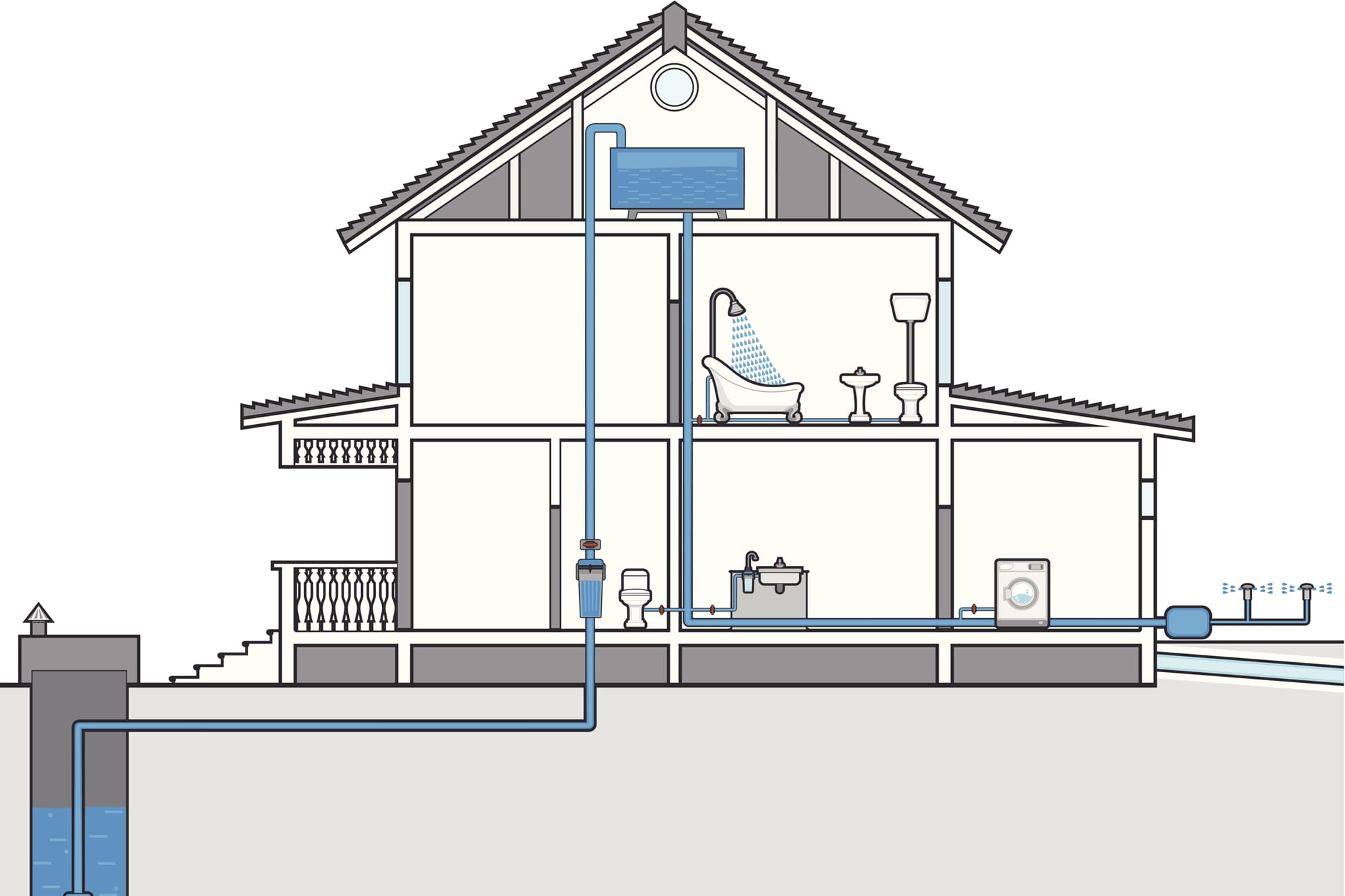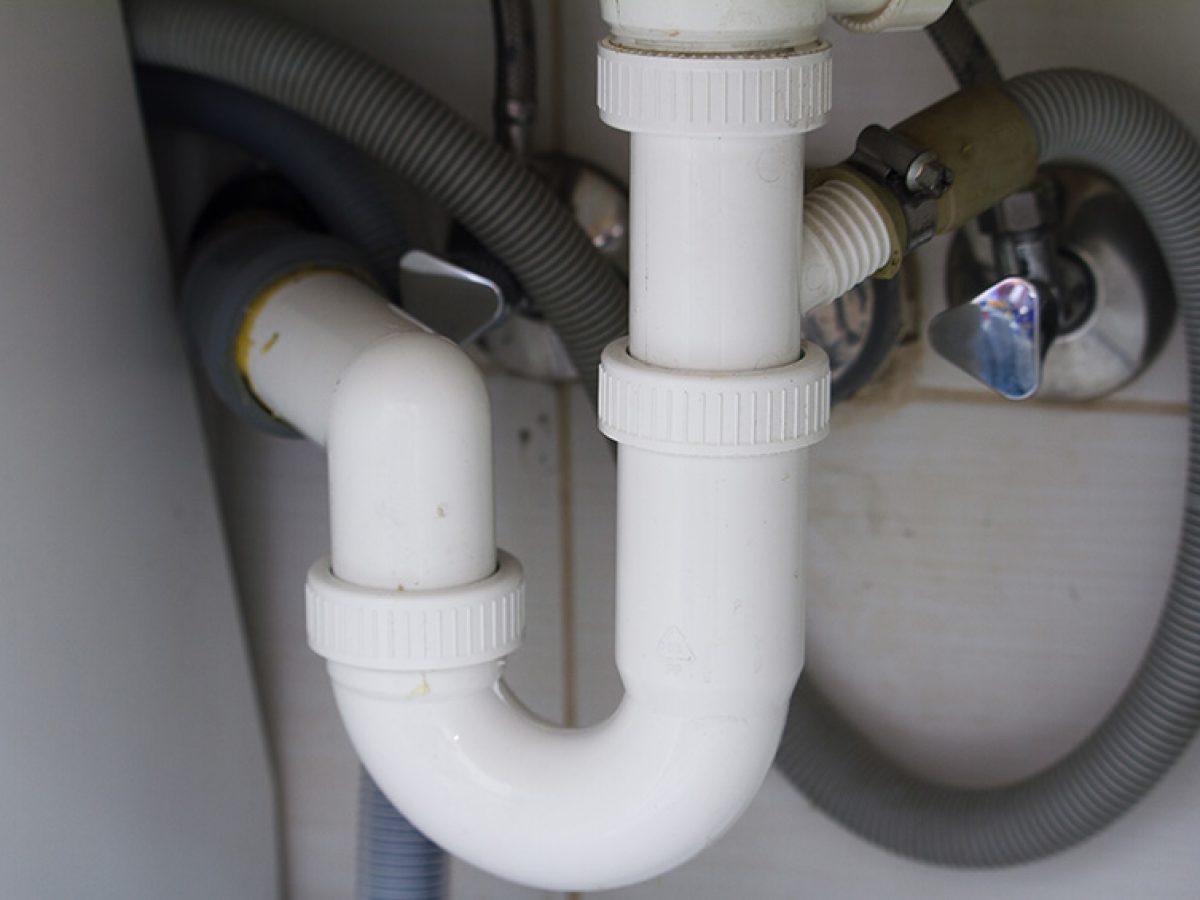How The Anatomy of Your House's Plumbing System Matters
How The Anatomy of Your House's Plumbing System Matters
Blog Article
Do you find yourself in search of facts and techniques on Plumbing Installation 101: All You Need to Know?

Comprehending how your home's pipes system functions is crucial for every single homeowner. From supplying tidy water for alcohol consumption, food preparation, and bathing to securely getting rid of wastewater, a well-kept pipes system is vital for your household's health and convenience. In this thorough guide, we'll check out the intricate network that composes your home's pipes and deal ideas on maintenance, upgrades, and managing typical issues.
Intro
Your home's plumbing system is more than simply a network of pipes; it's a complex system that guarantees you have access to tidy water and effective wastewater elimination. Knowing its parts and exactly how they work together can aid you avoid pricey repairs and make certain whatever runs efficiently.
Fundamental Parts of a Plumbing System
Pipelines and Tubing
At the heart of your pipes system are the pipes and tubes that carry water throughout your home. These can be made of different materials such as copper, PVC, or PEX, each with its advantages in terms of toughness and cost-effectiveness.
Fixtures: Sinks, Toilets, Showers, and so on.
Fixtures like sinks, toilets, showers, and bathtubs are where water is made use of in your home. Understanding just how these fixtures connect to the pipes system assists in diagnosing troubles and preparing upgrades.
Shutoffs and Shut-off Factors
Valves regulate the flow of water in your plumbing system. Shut-off valves are important during emergency situations or when you need to make fixings, allowing you to separate parts of the system without disrupting water circulation to the whole home.
Water Supply System
Main Water Line
The main water line links your home to the metropolitan water or a private well. It's where water enters your home and is dispersed to various fixtures.
Water Meter and Pressure Regulatory Authority
The water meter measures your water usage, while a stress regulatory authority ensures that water streams at a risk-free stress throughout your home's pipes system, stopping damage to pipes and components.
Cold Water vs. Warm water Lines
Understanding the difference in between cold water lines, which supply water straight from the main, and hot water lines, which lug heated water from the hot water heater, aids in fixing and preparing for upgrades.
Drain System
Drain Pipeline and Traps
Drain pipes bring wastewater away from sinks, showers, and commodes to the sewage system or septic tank. Traps stop sewage system gases from entering your home and also trap particles that might create clogs.
Ventilation Pipelines
Air flow pipes permit air into the drain system, protecting against suction that could slow down drain and cause catches to vacant. Correct air flow is crucial for preserving the integrity of your plumbing system.
Relevance of Correct Water Drainage
Guaranteeing correct water drainage prevents back-ups and water damage. Routinely cleaning drains and preserving catches can protect against costly repair work and expand the life of your plumbing system.
Water Heating System
Kinds Of Hot Water Heater
Water heaters can be tankless or conventional tank-style. Tankless heaters heat water on demand, while storage tanks keep warmed water for instant usage.
Just How Water Heaters Link to the Plumbing System
Comprehending exactly how water heaters connect to both the cold water supply and hot water circulation lines helps in diagnosing issues like inadequate hot water or leaks.
Maintenance Tips for Water Heaters
Frequently flushing your water heater to eliminate sediment, checking the temperature setups, and inspecting for leakages can expand its life expectancy and improve energy performance.
Usual Pipes Concerns
Leakages and Their Reasons
Leaks can take place as a result of aging pipes, loose installations, or high water stress. Resolving leaks immediately avoids water damage and mold and mildew growth.
Obstructions and Obstructions
Clogs in drains pipes and bathrooms are often brought on by flushing non-flushable things or a buildup of oil and hair. Using drainpipe displays and being mindful of what goes down your drains can protect against clogs.
Signs of Pipes Issues to Watch For
Low water stress, sluggish drains pipes, foul odors, or uncommonly high water bills are signs of possible pipes troubles that ought to be addressed without delay.
Pipes Maintenance Tips
Normal Assessments and Checks
Arrange annual pipes evaluations to capture issues early. Seek indications of leaks, deterioration, or mineral build-up in taps and showerheads.
DIY Maintenance Tasks
Straightforward tasks like cleansing faucet aerators, looking for bathroom leakages making use of color tablets, or protecting exposed pipelines in chilly environments can protect against major pipes concerns.
When to Call a Professional Plumbing Professional
Know when a plumbing problem calls for professional know-how. Trying intricate repairs without proper understanding can cause even more damages and greater fixing costs.
Upgrading Your Pipes System
Factors for Upgrading
Updating to water-efficient components or changing old pipelines can improve water high quality, lower water bills, and boost the value of your home.
Modern Pipes Technologies and Their Advantages
Check out technologies like clever leak detectors, water-saving bathrooms, and energy-efficient hot water heater that can save cash and minimize ecological impact.
Expense Factors To Consider and ROI
Compute the in advance prices versus long-term savings when considering plumbing upgrades. Several upgrades pay for themselves with reduced utility costs and fewer repair work.
Environmental Impact and Conservation
Water-Saving Components and Devices
Mounting low-flow faucets, showerheads, and bathrooms can dramatically minimize water use without sacrificing performance.
Tips for Minimizing Water Use
Straightforward habits like repairing leakages without delay, taking much shorter showers, and running full tons of washing and recipes can conserve water and lower your utility costs.
Eco-Friendly Plumbing Options
Consider sustainable plumbing products like bamboo for floor covering, which is durable and eco-friendly, or recycled glass for countertops.
Emergency Preparedness
Steps to Take During a Plumbing Emergency
Know where your shut-off valves are located and how to shut off the water system in case of a ruptured pipeline or significant leakage.
Relevance of Having Emergency Situation Calls Handy
Keep contact details for neighborhood plumbers or emergency situation solutions conveniently offered for quick response throughout a pipes dilemma.
DIY Emergency Situation Fixes (When Suitable).
Short-lived repairs like using duct tape to patch a leaking pipe or placing a pail under a dripping tap can lessen damage till an expert plumbing arrives.
Verdict.
Comprehending the anatomy of your home's pipes system equips you to maintain it properly, saving money and time on repairs. By adhering to routine upkeep routines and remaining notified concerning contemporary plumbing modern technologies, you can ensure your pipes system operates efficiently for many years to come.
HOW YOUR PLUMBING SYSTEM WORKS
Which Pipes Do What?
Blue lines = fresh water supply entering the building
Red lines = hot water supply entering the building
Grey lines = pipes carrying waste away from the building and venting pipes carrying gases away from the building (through the roof)
YOUR MAIN PLUMBING SYSTEMS
There are two main plumbing systems that support your home s basic plumbing needs one that brings clean water into your home, and one that sends dirty water away from your home. Connected to the toilet, bath, shower, and other faucets in your home, these two systems keep your water flowing in the right directions.
ACCESSING FRESH WATER
Fresh and clean water is brought into your home through the main water supply line . Filtered through one pipe, this water is pressured to flow into the various fixtures in your home at any given time.
This water can be sourced from a well located on your property, a pond or river (mostly cottages), or, as in most cases, from the city s municipal water treatment centre. However, it is important to note that water that is untreated, such as the water siphoned from ponds or rivers, may not be safe to drink. Personal water supplies always need to be treated for hardness and contaminants before consumed.
MUNICIPAL WATER SUPPLIES
Improve taste and odour
Remove sediment
Eliminate hardness
Reduce chlorine
COLD WATER SUPPLY VS. HOT WATER SUPPLY
Cold water flows into your home or building through the service line, which then distributes hot or cold water to your fixtures. This line is most commonly run through a central column that runs floor to floor. Hot water runs in short and straight pipes as the longer the pipeline, the more heat that will be lost in the transfer. Having shorter pipes also allows residents to access hot water more quickly.
WASTE WATER SYSTEM
Your wastewater system is divided into two parts pipes that send wastewater away from your home and venting pipes that send sewer gas away from your home. Sewage water travels through pipes that flush the water and waste towards local sewers that are operated and managed by your city or town. Most sewer systems rely on gravity to move the wastewater to where it needs to go.
The further away from your toilet or sink, the larger wastewater pipes become. This allows for waste to be disposed of from various parts of your home or business at once without pipe blockages. The angle and flow of these pipes are also essential for keeping your waste pipes clear of build up.
https://harrisplumbing.ca/how-your-home-plumbing-system-works/

HOW YOUR PLUMBING SYSTEM WORKS
Which Pipes Do What?
YOUR MAIN PLUMBING SYSTEMS
There are two main plumbing systems that support your home s basic plumbing needs one that brings clean water into your home, and one that sends dirty water away from your home. Connected to the toilet, bath, shower, and other faucets in your home, these two systems keep your water flowing in the right directions.
ACCESSING FRESH WATER
Fresh and clean water is brought into your home through the main water supply line . Filtered through one pipe, this water is pressured to flow into the various fixtures in your home at any given time.
This water can be sourced from a well located on your property, a pond or river (mostly cottages), or, as in most cases, from the city s municipal water treatment centre. However, it is important to note that water that is untreated, such as the water siphoned from ponds or rivers, may not be safe to drink. Personal water supplies always need to be treated for hardness and contaminants before consumed.
MUNICIPAL WATER SUPPLIES
COLD WATER SUPPLY VS. HOT WATER SUPPLY
Cold water flows into your home or building through the service line, which then distributes hot or cold water to your fixtures. This line is most commonly run through a central column that runs floor to floor. Hot water runs in short and straight pipes as the longer the pipeline, the more heat that will be lost in the transfer. Having shorter pipes also allows residents to access hot water more quickly.
WASTE WATER SYSTEM
Your wastewater system is divided into two parts pipes that send wastewater away from your home and venting pipes that send sewer gas away from your home. Sewage water travels through pipes that flush the water and waste towards local sewers that are operated and managed by your city or town. Most sewer systems rely on gravity to move the wastewater to where it needs to go.
The further away from your toilet or sink, the larger wastewater pipes become. This allows for waste to be disposed of from various parts of your home or business at once without pipe blockages. The angle and flow of these pipes are also essential for keeping your waste pipes clear of build up.
https://harrisplumbing.ca/how-your-home-plumbing-system-works/
I'm just very fascinated with and I hope you enjoyed reading the entry. Are you aware of somebody who is occupied with the niche? Please feel free to promote it. Thanks a lot for your time invested reading it.
Call Today Report this page